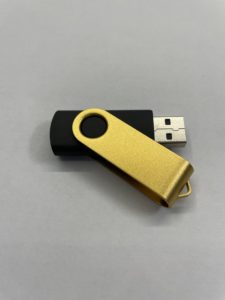
For years, “unsafely ejecting” a USB flash drive was a serious misstep — one that could lead to corruption and permanent data loss — but in 2024, it’s not as big of an issue.
Here’s why: Operating systems have implemented protections to prevent computers from writing constantly to removable media. Since 2019, Microsoft Windows has included a “quick removal” feature, which disables cache disk write operations in order to make devices removable at any time.
This sacrifices some speed, but given the high write speeds of modern media (up to 45 MBps via USB 3.0), it’s not a big loss — and since users are absolutely terrible at following instructions, Windows has established quick removal as the default device policy setting.
So, what does “Safely Remove Hardware” do for a USB drive?
The “Safely Remove Hardware” option still exists, and if you’ve changed the policy settings of your computer, you may still need to use it when ejecting USB storage media.
In simple terms, Safely Remove Hardware checks to make sure that all cache write operations have completed, then prevents the operating system from sending other write operations to the device.
In even simpler terms, Safely Remove Hardware makes sure that the operating system is “done with the drive.”
So, should I use “Safely Remove Hardware” or not?
That depends on your operating system’s media removal policy. You can check this in Windows by following the instructions on Microsoft’s support page.
But if you haven’t changed any settings recently and you’re running a newer version of Windows, you can safely disconnect your USB flash drive as soon as the operating system has finished writing to it — no need to click the “Eject device” dialog.
Of course, you can still eject your device if you want to be safe. That’s a good idea if you’ve installed any third-party software that manages your removable media.
And whether or not you “safely remove” your flash drives, you should always remember that data is never safe when stored in a single location. Corruption and other issues can still occur, so follow the best practices of data backup.
If you’ve lost data from a USB drive, SD card, hard drive, or any other data storage device, we’re here to help. Datarecovery.com provides risk-free evaluations, and our no data, no charge guarantee ensures that you don’t pay for a failed data recovery attempt.
To learn more, call 1-800-237-4200 or submit a case online.





